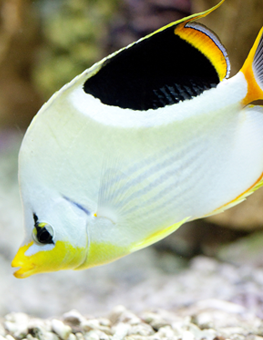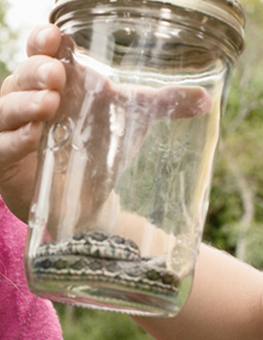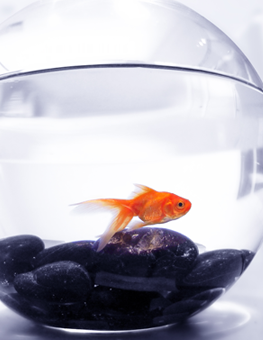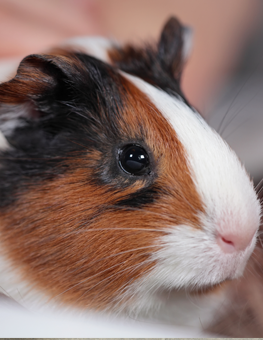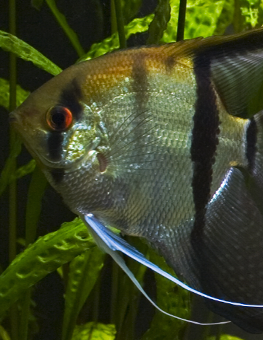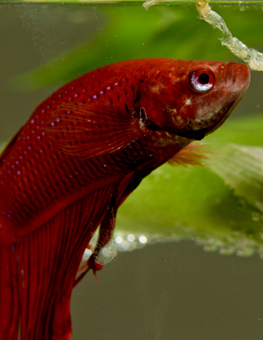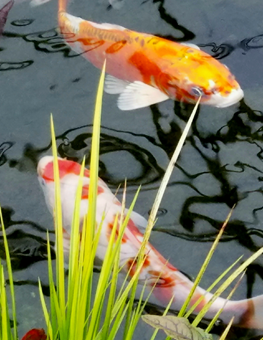Pond Maintenance
Like the water in your aquarium, your pond water must be regularly tested and maintained.
Your pond should be tested for most of the same parameters that apply to the indoor tank—ammonia, nitrite, nitrate, pH and hardness (GH/KH). Additionally, pond water needs to be tested for oxygen content and phosphate levels.
Although the water maintenance concepts are the same between tank and pond, the environmental differences warrant purchasing water test kits made specifically for pond use. Pond test kits are calibrated to report findings on a different scale than aquarium test kits since, for example, ammonia and nitrite are far more toxic in a closed aquarium system containing a small volume of water.
The most common causes of high and unsafe readings are:
- Ammonia, nitrites and nitrates:
- Insufficient number of live plants
- Malfunctioning filtration system
- Profusion of dirt or decaying material
- Too many fish
A pond is at its best when the ratio between the number and size of fish to the volume of water is balanced. A small population, well-functioning filtration system and balanced fish-plant mix will help in maintaining water quality and stability in a clean pond. However, goldfish and koi can become quite large and are messy eaters that produce a lot of waste. There are circumstances where fish like these will outgrow the size of the pond and exceed a comfortable fish-to-water volume ratio. If you suspect that your pond is becoming overcrowded, test the water often. The pond will let you know how it’s handling the stress.
Check to be sure your filter is functioning properly. There may be too much dirt or decaying organic matter trashing up your system; dead leaves, algae, insect larvae, fish and animal waste can add up to a pretty big problem. Physically remove as many of these contaminants as you can from the pond. A partial water change is a good idea for temporarily lowering ammonia and nitrite levels, but the only real solution is to eliminate the source of these substances.
If your pond contains the right mix of live plants and fish, nitrates should never rise to an appreciable level. There should be plenty of greenery in the pond to consume most, if not all, of the nitrates. Failing that, regular, partial water changes are the only solution.
As with most pond problems, there is a pretty easy solution: you can increase the oxygen level with partial water changes, add surface agitation to the pond with a waterfall or fountain, or add an underwater aeration device. Any sort of constant movement in the water should have things back to normal in no time.
When you’re first getting your pond up and running, you’ll want to test your water frequently. More established ponds can go a week or so between tests. Unless conditions get extreme on either end of the thermometer, you don’t need to worry about testing for temperature.




